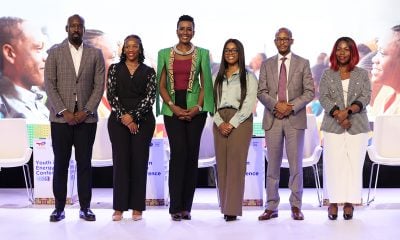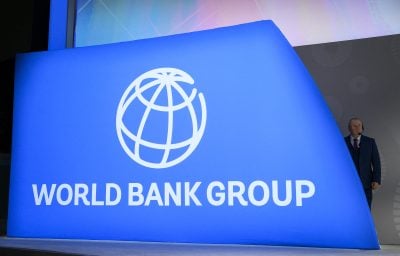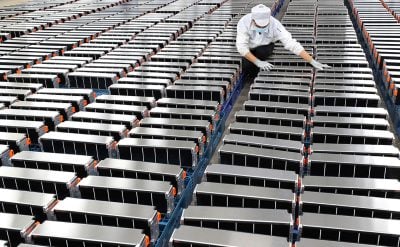Now that the 2015 deadline for the Millennium Development Goals is almost on us, what happens next? Although post-2015 consultations are still ongoing, the prospective successor of MDGs is now commonly referred to as the Sustainable Development Goals (SDGs). Dr Hippolyte Fofack* explains what this new paradigm is all about.
The shift towards Sustainable Development Goals (SDGs) as the new development framework is partly motivated by the increasing human and social costs of unsustainable consumption and production patterns adopted by the majority of countries, especially the more advanced economies and, more recently, emerging market economies. In Africa, the costs of these unsustainable development models have been felt in declining agricultural yields and rising food import bills as a result of climate shocks.
Agriculture remains largely rain-fed and highly vulnerable to drought. The resulting involuntary migration, illustrated by rapid urbanisation, is magnifying the congestion for limited urban infrastructure. Extreme weather events, such as droughts and floods, are exacerbating the spread of vector and waterborne diseases.
For example, the Eastern and Southern Africa highlands that were not exposed to malaria are now increasingly at risk as a consequence of rising temperatures.
In Africa, where growth performance was already dismal in the years preceding its countries’ access to debt relief under the Highly-Indebted Poor Country (HIPC) initiative, the recession reversed post-HIPC gains, slowing down economic growth and increasing poverty rates. According to IMF estimates, the crisis added more than 7m people to the already significant number of poverty-stricken Africans living on less than a $1.25 a day in 2009.
Against this backdrop, and increasingly informed by science, the world is putting a lot of faith in sustainable development: a time-invariant, generous and environmentally conscious concept that seeks to reconcile the constant drive to meet the short-term development needs of the current generation with aspirations of future generations.
Development is sustainable when the means of production adopted by the current generation to continuously improve its living standards are not used in a way that compromises the ability of future generations to meet theirs.
Post-2015 consultations have already identified 17 Sustainable Development Goals – more than the eight underpinning the MDG framework. This may be brought down to a more manageable number between now and their formal adoption by world leaders next year. Regardless of the total number of these goals, it is important to stress that achieving sustainable development is going to be more complex and challenging than achieving the MDGs.
The SDG framework emphasises mutual accountability in the management and ownership of resources offered by the planet across space and over time. In other words, the sustainability of every single SDG will depend on the commitment of all countries to align development policies and programmes to meet the growing challenges of climate change.
Want to continue reading? Subscribe today.
You've read all your free articles for this month! Subscribe now to enjoy full access to our content.
Digital Monthly
£8.00 / month
Receive full unlimited access to our articles, opinions, podcasts and more.
Digital Yearly
£70.00 / year
Our best value offer - save £26 and gain access to all of our digital content for an entire year!
 Sign in with Google
Sign in with Google 


